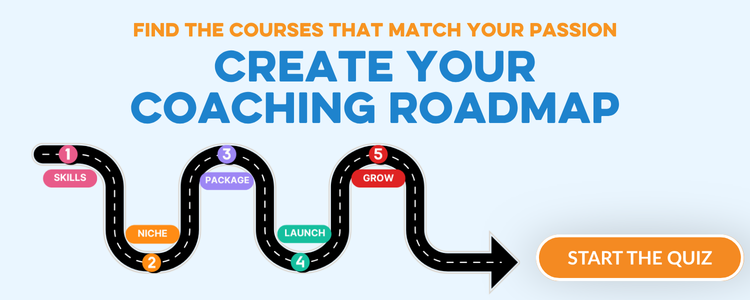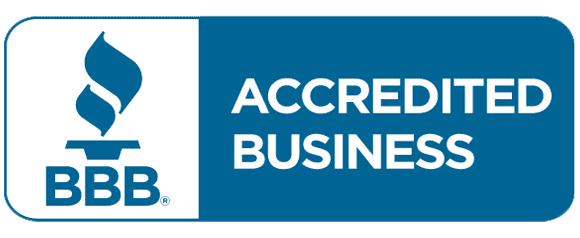Struggling to Explain What You Do?
We’ve all had that awkward moment: someone asks, “So, what do you do?” and you freeze—or worse, ramble until their eyes glaze over. It’s frustrating when you know your work is powerful, but you can’t seem to explain it in a way that clicks. If you’re a coach and want to know how to create an elevator pitch for life coaching that actually works, you’re in the right place.
Your elevator pitch should focus less on you and more on the transformation you provide. The goal is to create curiosity and connection—not just recite a title. Let’s dive into how to do just that.
What Is an Elevator Pitch?
An elevator pitch is a quick, persuasive summary of who you are and how you help people—ideally in 30–60 seconds. It’s named after the concept of meeting someone in an elevator and having just enough time between floors to spark their interest.
And no, you don’t have to ride elevators regularly. You might need your pitch at a networking event, a grocery store, or even online. It’s an essential part of your life coaching business and personal brand.
Why Most Elevator Pitches Fail
A bad elevator pitch sounds like this:
“I’m a life coach. I help people get more out of life. Let me give you some information about my services…”
The focus is on your title and process—not on the person listening. It’s vague, impersonal, and forgettable.
Here’s a better approach: focus on results. Because truthfully, people don’t want coaching—they want change. They want clarity, confidence, motivation, better relationships, less stress, or more fulfillment.
The Secret to a Great Pitch: Focus on Transformation
If you want to know how to create an elevator pitch for life coaching that lands, you need four key elements:
-
Who you are
-
What you do
-
What transformation or benefit you offer
-
A hook or spark of interest
Let’s explore different creative ways to make your pitch stand out.
6 Creative Ways to Spark Interest
To make your pitch memorable, use one or more of the following:
-
Hook – Say something unexpected to pique curiosity
-
Story – Share a mini story to illustrate transformation
-
Question – Start with a thought-provoking question
-
Metaphor – Compare your work to something relatable
-
Pain Point – Address a frustration your ideal client feels
-
WOW–HOW–NOW – Open with intrigue, explain, and give an example
Examples of Life Coaching Elevator Pitches
Here are several effective examples based on different styles:
HOOK:
“I build PowerPoint muscles.”
(What?)
“I train professionals to create powerful, effective presentations that close more deals.”
PAIN POINT:
“I help overwhelmed moms who feel like they’ve lost themselves reconnect with their purpose and build a life they actually love.”
STORY:
“I worked with a woman going through a divorce. Through our coaching, she found the strength to reclaim her life—and ended up saving her marriage.”
QUESTION:
“Ever wonder why some people seem confident no matter what? I help people uncover the mindset blocks that keep them stuck so they can show up with confidence in every area of life.”
METAPHOR:
“I’m like a GPS for your life—when you’re feeling lost, I help you reroute and get back on track.”
Templates to Build Your Own Elevator Pitch
WHO–WHAT–WHY
I help [ideal client] by [what you do] so they can [benefits or transformation].
Example:
“I help new entrepreneurs turn their passion into a profitable business so they can ditch the 9 to 5 and live on their terms.”
PROBLEM–SOLUTION
I support [target audience] who feel [pain point] by providing [your method], so they experience [result].
Example:
“I support burned-out professionals who feel stuck by helping them build a meaningful side hustle they actually enjoy.”
Make It Conversational
A great elevator pitch isn’t a speech—it’s a conversation. It should invite follow-up questions and flow naturally. Here’s a real-world example:
Them: So, what do you do?
You: I’m the most encouraging and direct business coach you’ll ever meet.
Them: Really?
You: I help new coaches launch their businesses and land their first paying clients.
Them: How do you do that?
You: Through 1-on-1 coaching and group sessions, I guide them through branding, marketing, and building confidence. Watching them grow is the best part of my job.
Final Thoughts: It’s Time to Own What You Do
Now that you’ve learned how to create an elevator pitch for life coaching, take the time to craft one that feels authentic, clear, and compelling. Practice it, refine it, and use it everywhere—from your website bio to in-person events.
Your pitch is the doorway to helping more people—and when done right, it can turn a passing conversation into a powerful connection.








